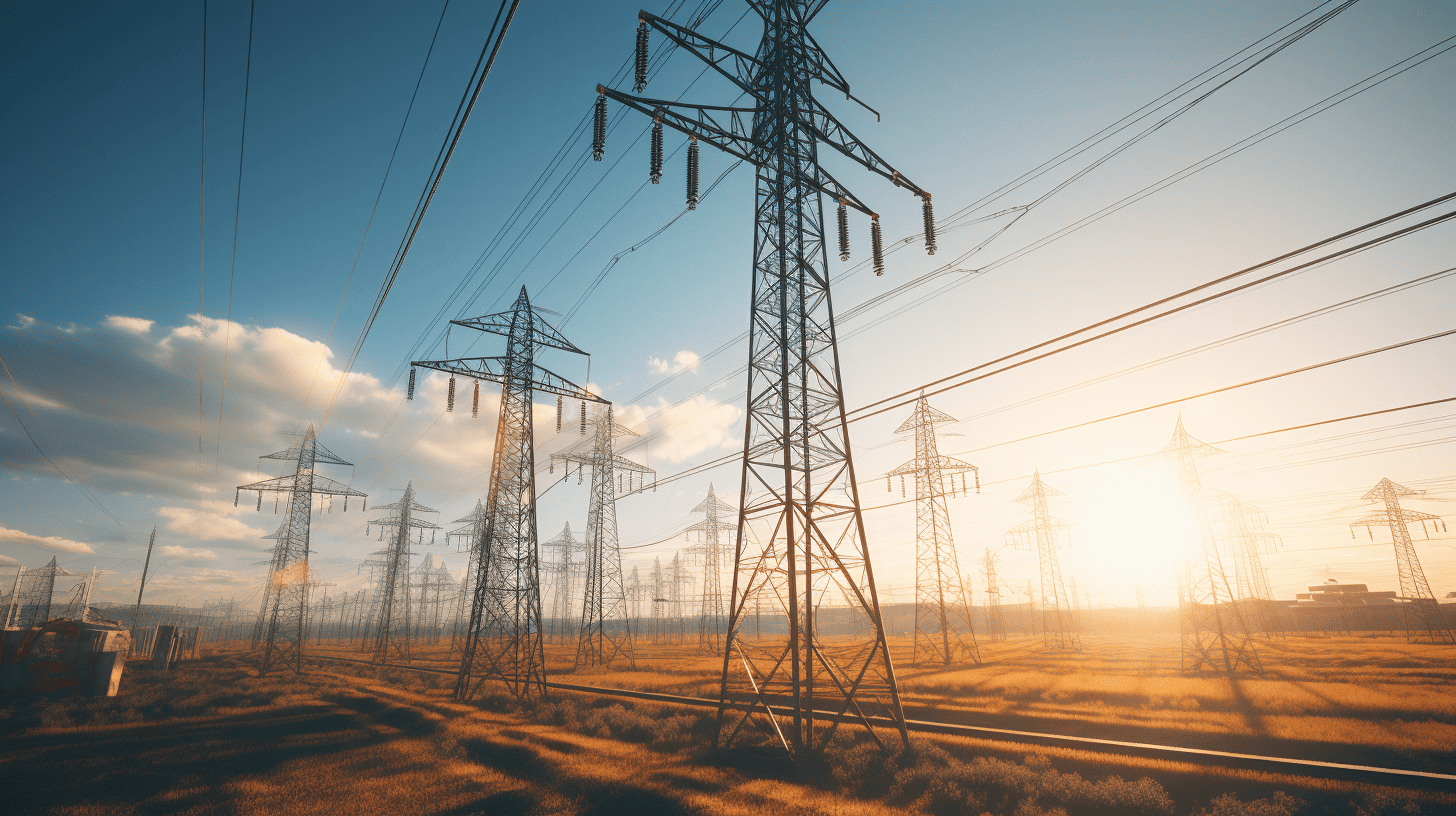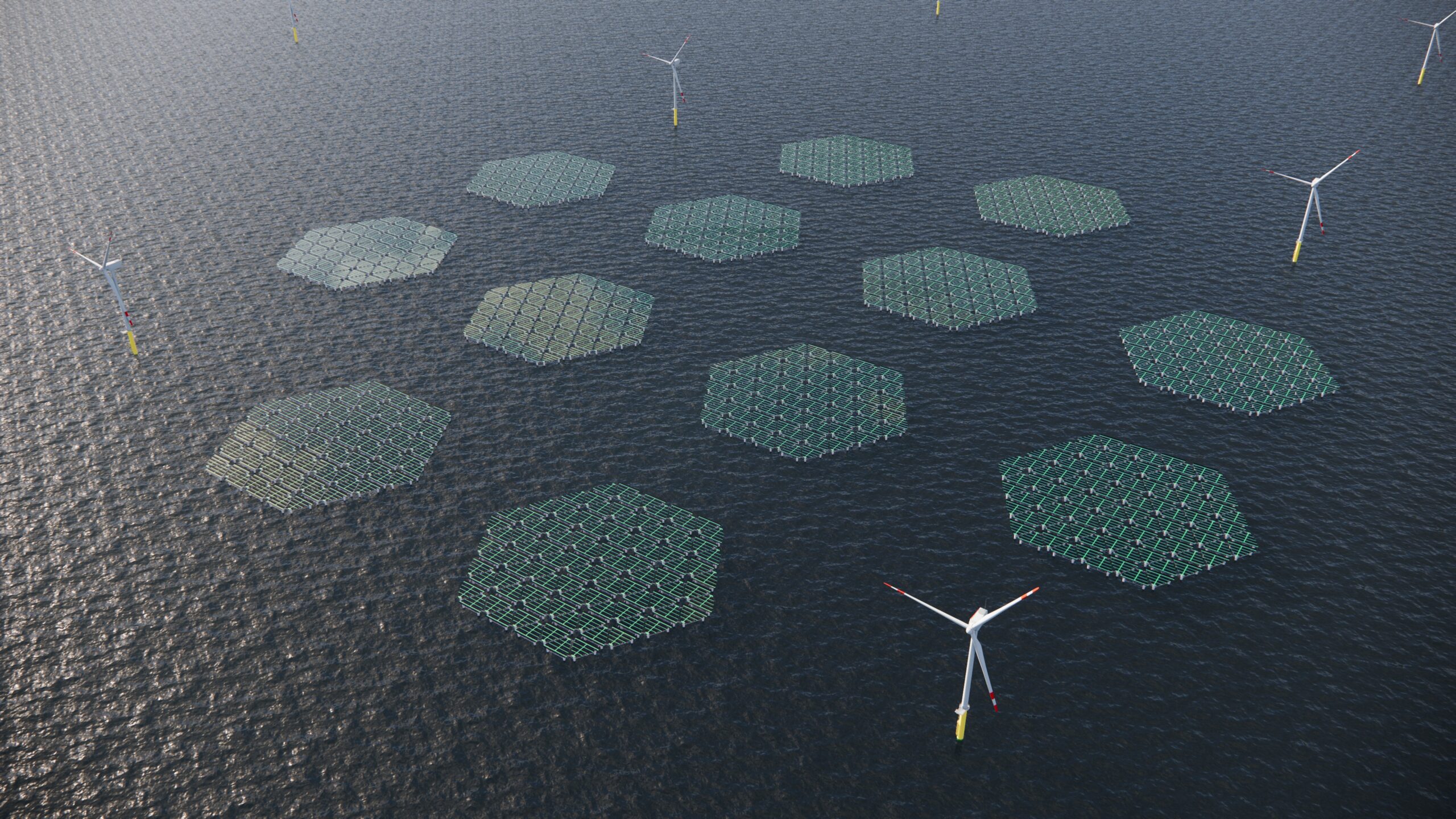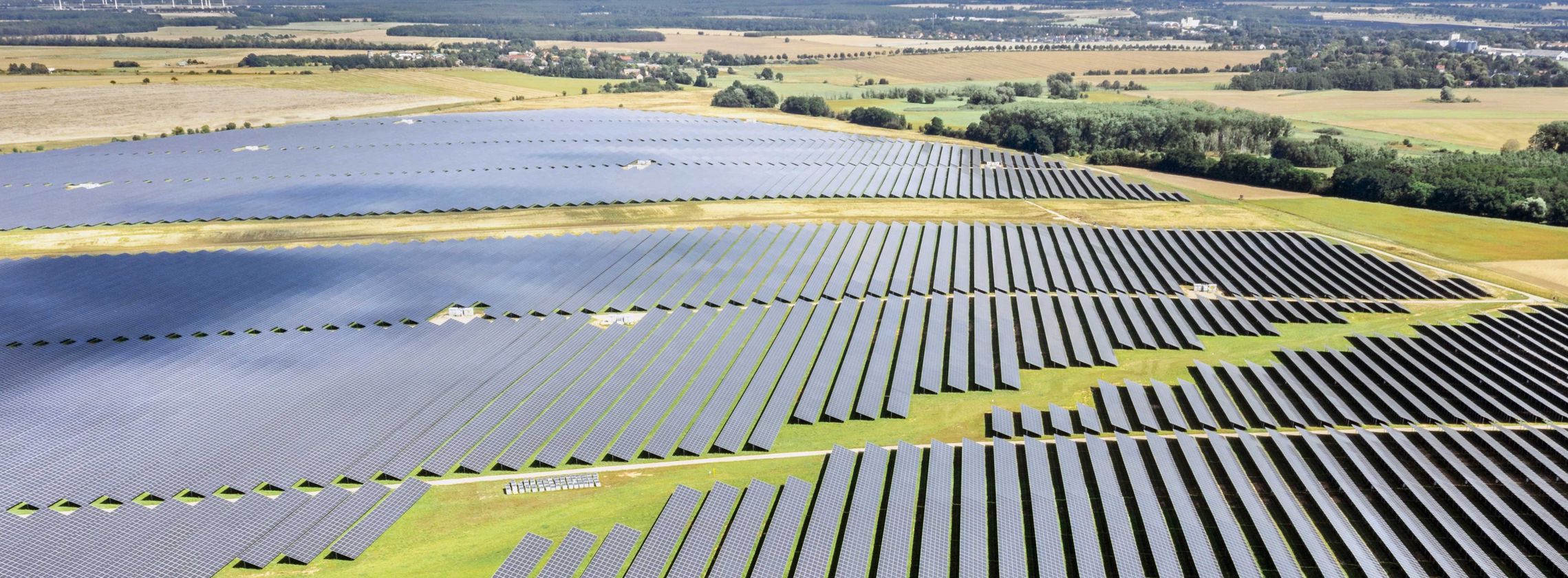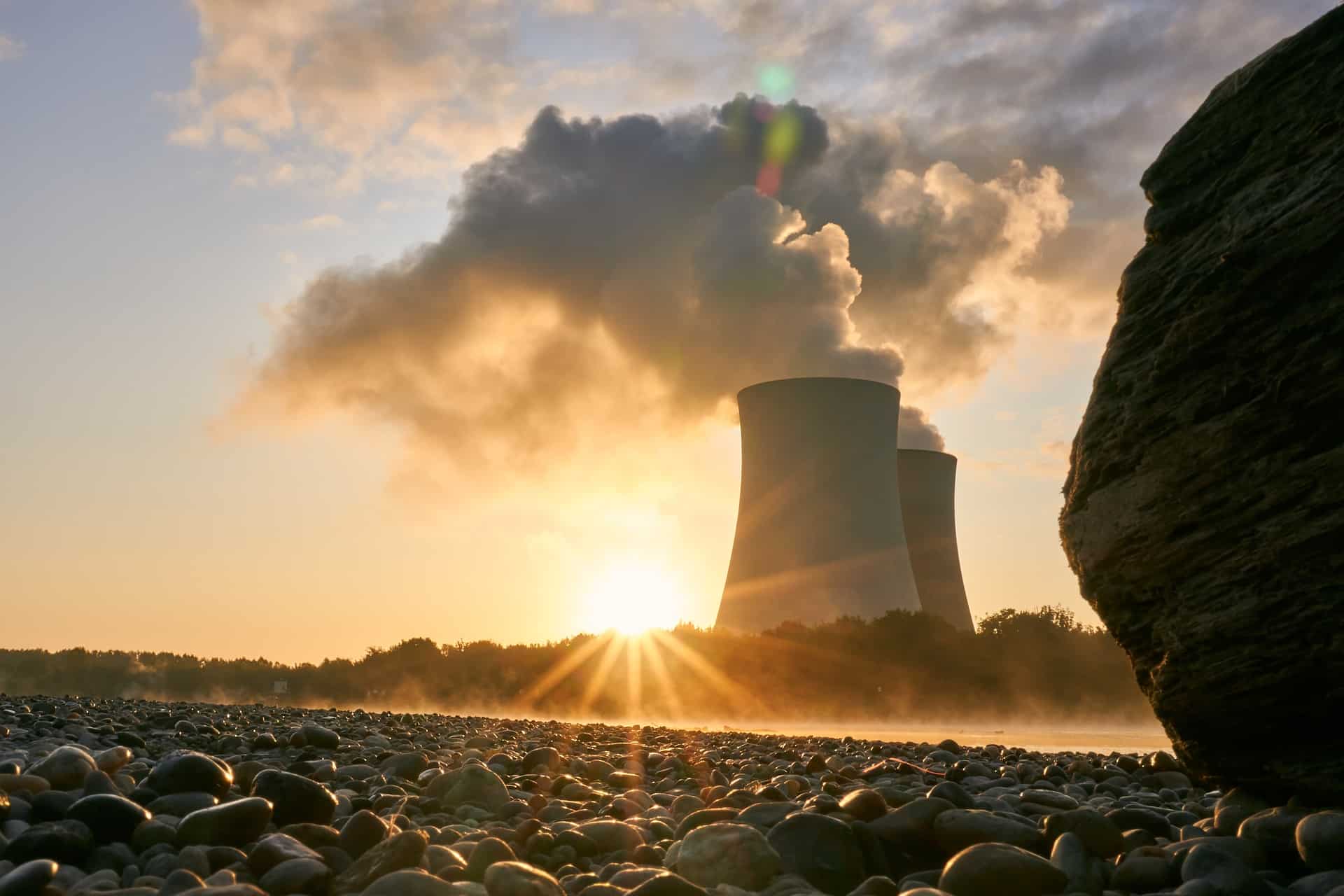
As Europe braces for winter, the continent is at a critical juncture in its energy market. The transition to renewables, a response to enduring pandemic and energy crises, is causing both anxiety and anticipation. Despite less solar energy production due to shorter winter days, the overall capacity of renewable energy sources is increasing, cushioning the blow of seasonal fluctuations. However, energy prices could surge again, particularly if a robust Chinese economy increases demand for gas. In the face of potential price spikes, governments may be compelled to intervene, protecting households from steep bill increases.
- In the short term energy prices could rise to global demand and the Ukraine war.
- Long term Europe becomes more energy independent.
Transition troubles and price pressures
The energy transition is a complex process, fraught with challenges and uncertainties. The industrial growth in Europe has stagnated since late 2020 due to the pandemic and the energy crisis, creating an environment of instability for businesses, ING writes in their industrial outlook. Different sectors have been impacted at different times, with the “pandemic winners” initially driving growth but later facing easing supply chain problems.
Experts have warned of another possible price jump this winter, especially if China’s economy continues to recover, leading to a surge in gas prices. This could prompt governments to intervene for a second consecutive year to shield households from harsh bill increases.
The promise of renewable energy
Amid these challenges, the development of renewable energy technologies is a beacon of hope. Solar panels and wind turbines are rapidly becoming more efficient and cost-effective. The cost of solar energy alone has plummeted by 89% in a decade. These advancements are leading us into a future where energy could potentially be free and abundant.

The worldwide growth in renewables has exceeded expectations due to falling prices and increased investments. China is on course to double its solar and wind power capacity by 2025, attaining its 2030 renewable power target five years ahead of schedule. The European Union and the United States have also seen significant increases in renewable energy adoption.
Winter woes and energy economics
However, winter brings particular challenges for renewable energy, especially solar power. As the days grow shorter, solar energy production decreases. But it’s important to note that the overall capacity of renewable energy sources is increasing, helping to mitigate the impact of seasonal fluctuations. The diversification in the energy mix reduces the reliance on traditional energy sources, contributing to price stability and affordability.
Yet, despite efforts to secure sufficient gas supplies for the coming winter, energy market dynamics for Europe in 2023 will be as challenging as in 2022. Energy prices are predicted to remain elevated, reduced only by demand destruction across the continent. With European gas storage expected to be depleted by spring 2023, a scramble for gas is anticipated.
Addressing the challenges
The transition to renewable energy requires significant policy reforms, infrastructural overhauls, and a shift in cultural perspectives towards energy as a limitless resource. Renewable energy developers face several challenges, including scarcity of land, labour shortages, supply chain pressures, and integration into the power grid.
Nevertheless, these hurdles are not insurmountable. The falling costs of renewable energy sources continue to accelerate the energy transition, with investments in renewable energy surpassing those in fossil fuels. This shift towards renewable energy is driven not only by environmental concerns but also by straightforward economics.
The road ahead
The energy crisis in Europe is expected to have profound and long-lasting impacts on competitiveness, economic recovery, fiscal policies, and the green transition. The need for a comprehensive and long-term approach to maintain European competitiveness and address the challenges posed by the energy crisis is evident.
As Europe navigates the energy transition, the road ahead is marked by both challenges and opportunities. Winter may bring its own set of difficulties, but the promise of renewable energy offers a brighter future. The journey may be complex, but the destination -a sustainable, energy-secure future- seems worth the effort.







